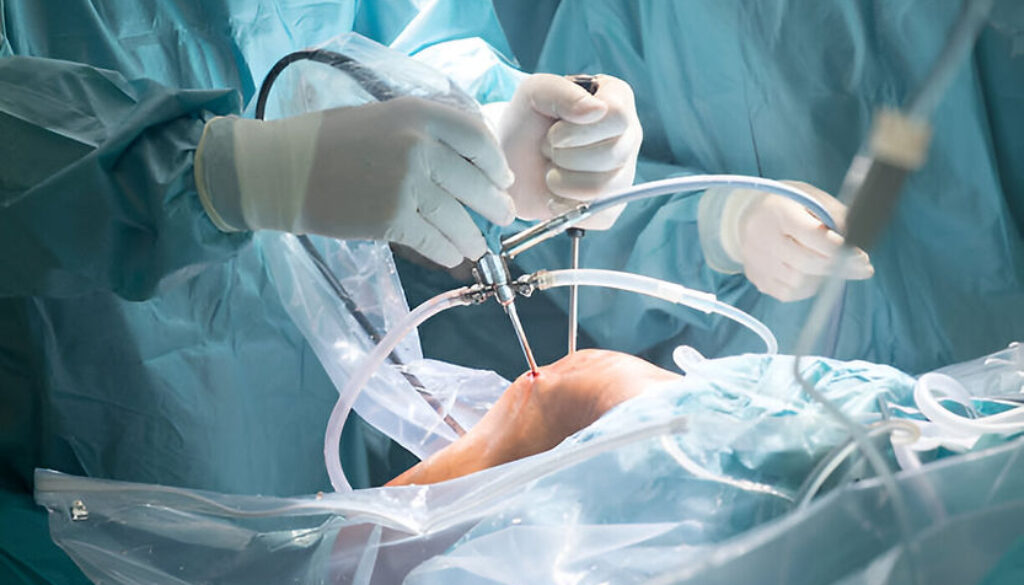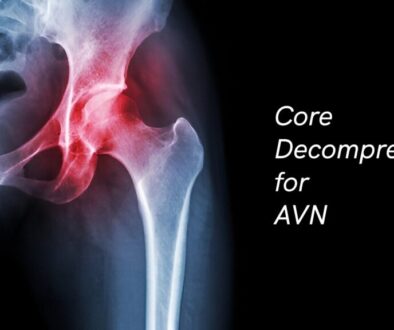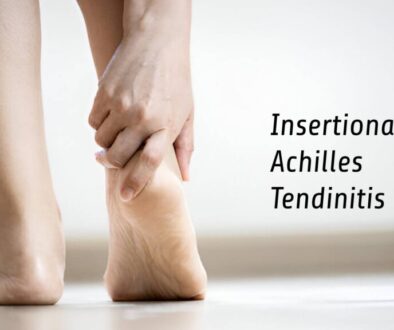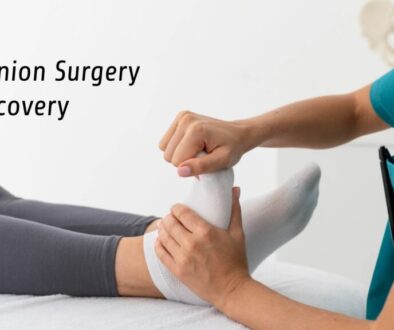What is Arthroscopic Lateral Release? Procedure and Recovery Tips
Introduction
Arthroscopic lateral release is a targeted procedure for addressing knee pain that can significantly impact daily activities. This blog offers an in-depth appendix—from the procedure to recovery—passing along information patients should have to make educated healthcare choices.
What is Arthroscopic Lateral Release?
Recent advances in the field have led to the development of this minimally invasive approach, which is preferred for its accuracy and shorter recovery times. SURGICAL PROCEDURE — Surgeons can perform the procedure with minimum tissue damage using an arthroscopic approach, allowing for a smoother healing process for the patients.
Indication of Arthroscopic Lateral Release
This procedure is commonly advised for patients who show:
Instead, alternative treatments such as physical therapy, anti-inflammatory medications or patellar taping are frequently tried first. When these techniques are unsuccessful, arthroscopic lateral release is typically the procedure of choice. This method is particularly advantageous for those who want to restore natural range of motion and avoid other more invasive surgical procedures.
The Process: A Step by Step Breakdown
Bridging the gap in knowledge and understanding of the surgical process can help comfort patients and provide clarity. Here’s a breakdown step by step:
Pre-Operative Preparation:
Once the diagnosis is established, patients are evaluated with imaging studies, such as X-rays or MRIs, to confirm the diagnosis and identify any associated problems.
Patients receive general or regional anesthesia for comfort during the process.
Making Incision and Inserting Surgical Arthoscope:
Small incisions are made around the knee to insert an arthroscope — a thin tube that contains a camera used to visualize the inside of the knee.
The lens captures a close-up view of the joint for targeted intervention on the pathology.
Lateral Release:
The tight lateral retinaculum is then gently incised with specialized instrumentation. Release of tension happens and the kneecap can then return to its proper position within its groove and sit nicely where it is meant to be.
Final Checks and Closure:
Once everything in the patella is aligned properly, the surgeon will suture or glue the incisions shut.
The knee is wrapped, the patient sent to recovery.
The procedure takes 30–60 minutes, depending on case complexity. Being minimally invasive, it dramatically lowers the chances of complications and post-operative pain.
Advantages of Arthroscopic Lateral Release
Arthroscopic lateral release has many advantages over traditional surgical techniques:
What to Expect After Surgery?
Keep in mind recovery from “arthroscopic lateral release” is broken into stages, and each a person must pay strict attention to the guidelines set forth by their physician.
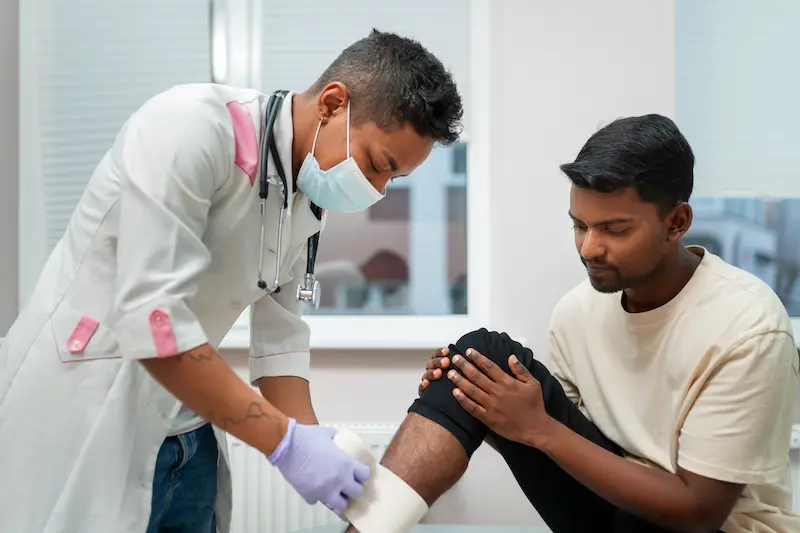
Arthroscopic Lateral Release Recovery Tips
A steadfast commitment to a post-operative care plan is necessary for a successful recovery. Here are a few practical tips:
Follow Physical Therapy Instructions:
You also perform exercises specifically addressing the strengthening of the quadriceps and the stabilization of the patella. But consistency is important in regaining full mobility.
Maintain a Healing Diet:
Incorporate nutrient-dense foods like lean proteins, leafy greens and vitamin C-rich fruits to promote tissue healing and fight inflammation.
Practice Proper Wound Care:
Prevent infections by keeping the surgical site clean and dry. Follow your surgeon’s instructions regarding changes to that dressing.
Use Ice Therapy:
Ice packs lessen the swelling and also are soothing. A session should never exceed 15-20 minutes, otherwise you may damage your skin.
Gradually Resume Activities:
Steer clear of high-impact sports or strenuous activity until cleared by your doctor. This pacing will minimize a setback in recovery.
Attend Regular Follow-Ups:
Regular follow-ups with your surgeon are important in checking your recovery and changing the recovery protocol if required.
Risks and Complications
The arthroscopic lateral release carries far less risk than the benefit it seeks to address, but have an awareness of its potential risks allows for informed expectation management
Infection: Infections are uncommon but may develop at the incision site and must be treated quickly.
Chronic Pain: In some cases, patients may endure long-term, chronic pain, especially when other conditions are involved.
Overcorrection Rarely, excessive lateral retinaculum release can cause medial instability.
An experienced orthopedic surgeon and his team have lesser chances of complications, hence leading to a smooth recovery with a higher success rate.
When Should You See an Orthopedic Specialist?
For knee conditions, timely consultation with a specialist can help prevent further injury. You may want to see a doctor if you:
The earlier the diagnosis and intervention, the better the outcomes can be.
Conclusion
Patellar instability and its related knee pathologies are effectively managed arthroscopically with lateral release. Educating oneself on the procedure, its advantages and postoperative requirements allows the patient! to enter into the process with confidence. A professional orthopedic specialist is the best answer to restore your knee healthy knee.
Whether you’re dealing with long-term knee pain, or are exploring different ways to boost mobility, arthroscopic lateral release may be your answer. Contact a trusted orthopedic professional today to discuss your treatment options and take the first step toward a future free of pain!

